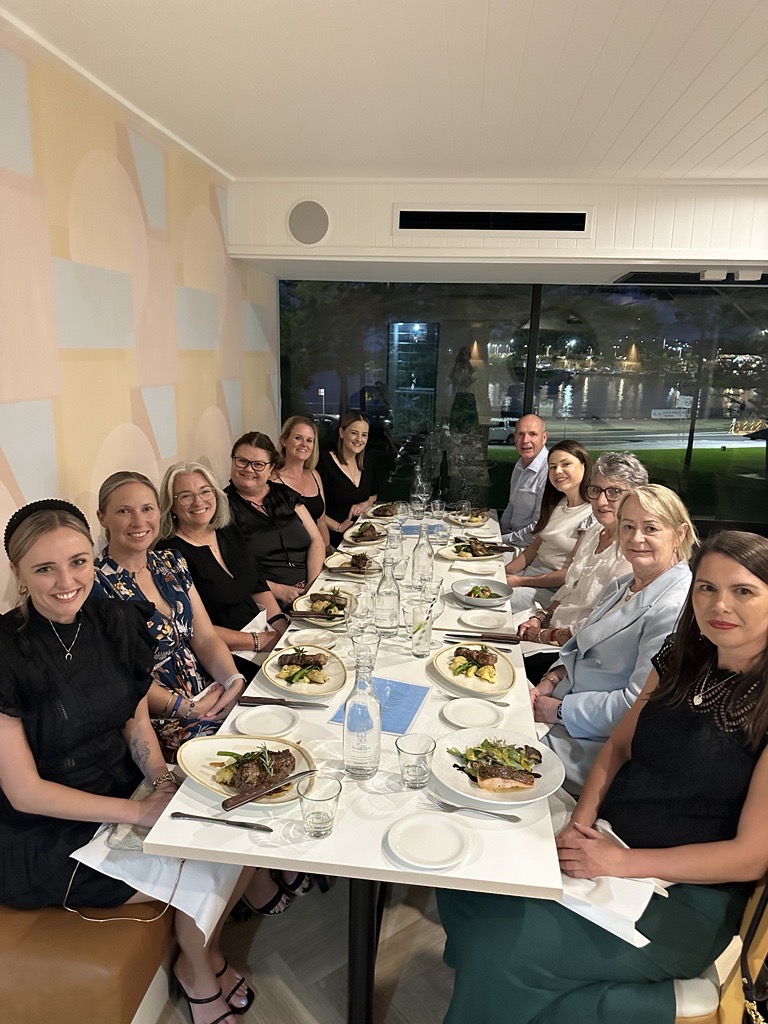Early Learning Matters week started in 2018. In 2021, it continues to provide us with an opportunity to raise awareness of what high-quality early education and care is about and how educators support and nurture children鈥檚 learning and development.
The early years (birth-5 years) are significant in developing foundational cognitive, social, emotional, language, and physical skills. Research highlights that high-quality early education and care enhance children鈥檚 linguistic, self-regulatory, literacy, numeracy, and cognitive skills, which predict their later functions across many development domains1. Children exposed to high-quality, positive, and inclusive early learning programs are more likely to exhibit a progressive learning mindset, prosocial behaviours, improved physical child health and wellbeing, task attentiveness, and strong communication skills1. Longitudinal studies have indicated that children who attended high-quality early education and care services experienced a reduction in poverty and better social and economic development in their adult years2,3. This is irrespective of their culture, gender, socio-economic status, or if they experience disadvantage of vulnerability4. As a parent/career, understanding what constitutes high-quality early education and care is crucial. Numerous factors contribute to a high-quality early education and care program. These include:
- Clear educational philosophy and educational vision- to guide pedagogical practices (pedagogy refers to teaching and learning practices, relationships and levels of engagement, and curriculum decision-making).
- Intentional play-based聽curriculum– educators scaffolding children鈥檚 higher-order learning and development skills through play-based experiences rather than rote-learning exercises.
- Open and collaborative relationships- high engagement levels between families, children, and educators.
- High-level engagement- educator-child interactions assist in developing secure attachments and increase a child鈥檚 sense of safety and security with a program.
- Intentionally designed Learning environments- varied, meaningful, and purposeful play-based learning environments that are intentionally rich in content, are stimulating, and reflective of children鈥檚 individual learning needs.
- Group size- higher educator-to-child ratios positively impacts children’s communication and social and emotional development.
- Provision and quality of provocations– a range of experiences that meet the individual and group development, learning, and wellbeing needs of children (numeracy, literacy, science, technology, physical, social).
Empowering families with a greater understanding of what a high-quality education and care service looks and feels like can positively impact the development and learning discourse for their child/ren. Choosing a high-quality education and care service can be daunting for many families; therefore, knowing what to observe and ask is important. 聽Families need to consider some of the following:
- Is the entrance of the service inviting and welcoming for both children and families?
- If conducting a service tour with your child, does the educator engage with yourself and your child?
- When observing the learning environment, are educators engaged with children in various learning spaces?
- What is the National Quality rating given to the service?
- What qualifications do the educators hold?
- What is the educator-to-child ratio in each age group?
- How are children鈥檚 individual needs met throughout the day (including routine times such as mealtimes, sleep or rest times if applicable, etc.)?
- How do educators support and guide children鈥檚 emotional and social development?
- Are there various learning spaces set up in both indoor and outdoor environments?
- What forms of communication are offered to update families on their child鈥檚 development and learning progress?
- How are service policies and procedures made available to families?
- Does the service follow the Child Safe Standards?

One of the leading indicators of high-quality early education and care programs lies with qualified professionals. Early Learning Matters Week provides us with an opportunity to highlight educators as professionals, with education beginning in the early years. Studies indicate that higher-quality early education and care programs are associated with the educational levels of educators. High-quality educators are professionals with child development knowledge. They can observe, plan, evaluate, and extend learning experiences for children using skill-specific content (literacy, numeracy, science, creative arts, physical development, etc.). They have an understanding of curriculum development in the early years, teaching strategies, and knowledge and skills in meeting the diverse needs of young children5. Educators within early education and care services (long day-care, preschools, prep-schools) intentionally design a program encompassing various educational and learning opportunities (uninterrupted play-based learning opportunities in indoor and outdoor learning environments, group times, transitions, and routines). These are all based on foundational early 亚色影库 theories that aim to support children’s positive development and learning outcomes. Educators participate in regular and ongoing professional learning opportunities to ensure teaching and learning practices align with current evidence-based research that supports positive child outcomes.
While high-quality early education and care are associated with long-lasting success throughout their schooling and adulthood, a suboptimal start can inhibit their development. The window of positive early learning starts when children are born. Neuroscience research indicates that 90% of a young child鈥檚 brain has developed by five years6,7. Therefore, if children have not developed core foundational skills, they are more likely to yield lower success rates across all areas of development (especially social, emotional, and cognitive). A past study revealed that 21.7% of children start school developmentally vulnerable on one or more developmental domains. Furthermore, 11% of children begin school developmentally vulnerable on two or more developmental domains8,9. Highlighting why access to responsive and high-quality early education and programs delivered by highly qualified educators are vital for your young children to grow and flourish.
Families must be informed about the learning and development benefits children gain from attending high-quality early and education services. While families acknowledge the valuable role early educators play, Early Learning Matters Week enables families and educators to collectively unite and advocate for the importance of the early years and how to best support our children.



